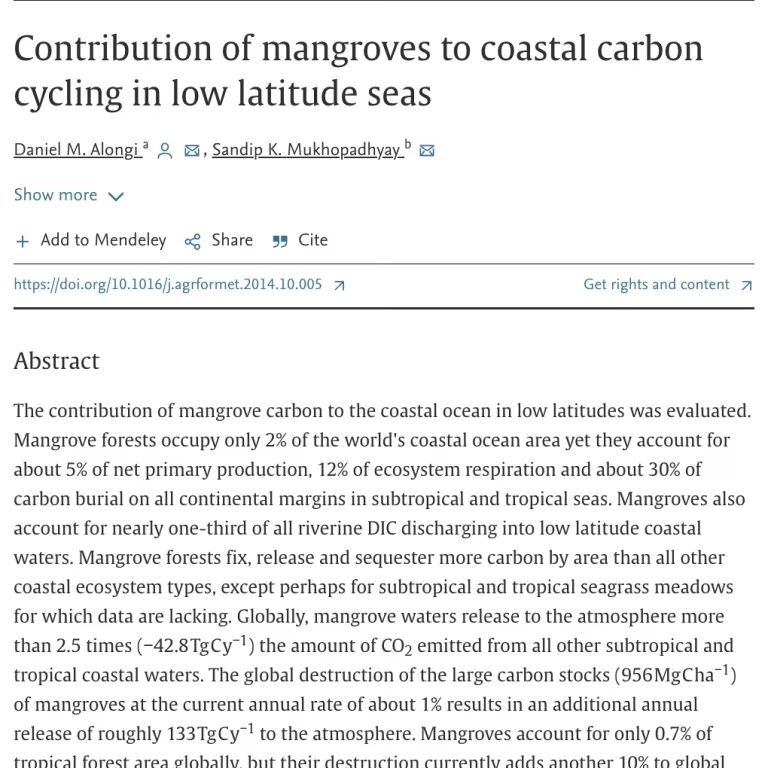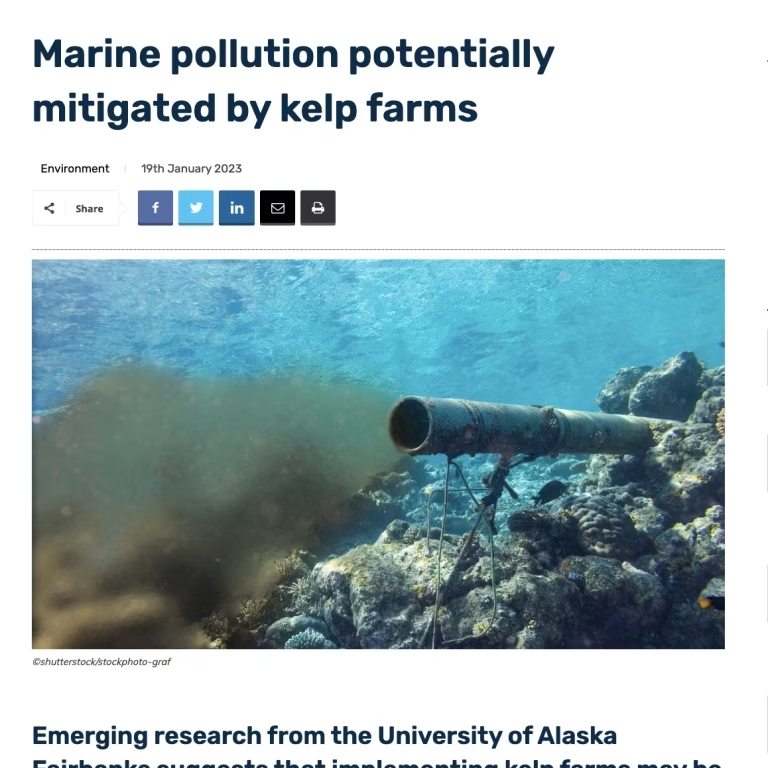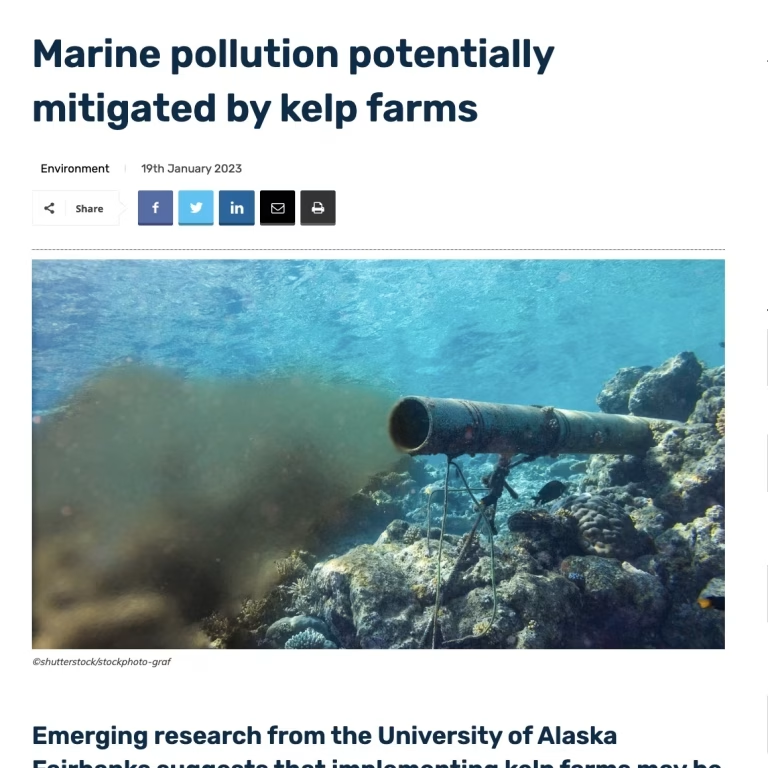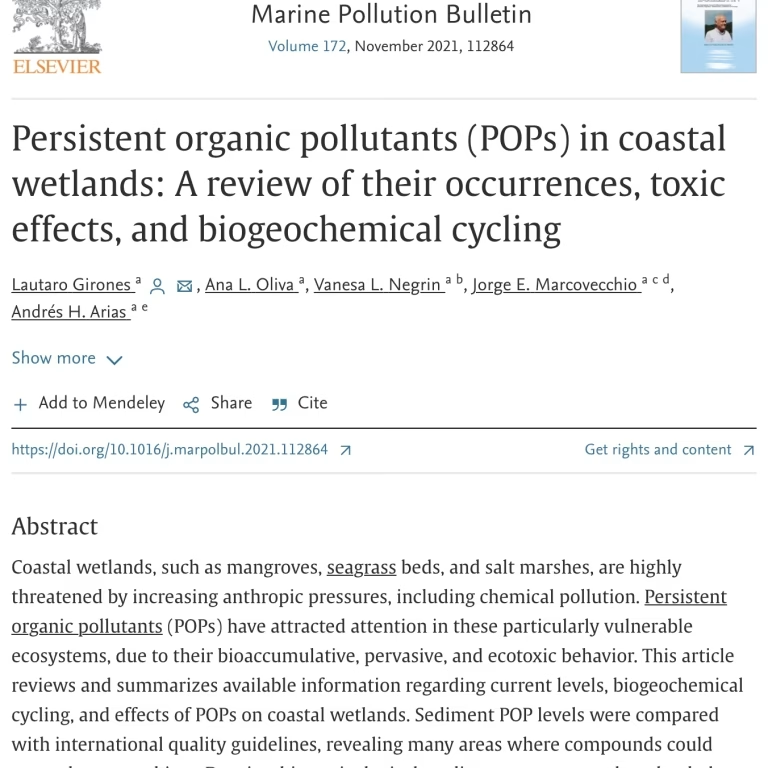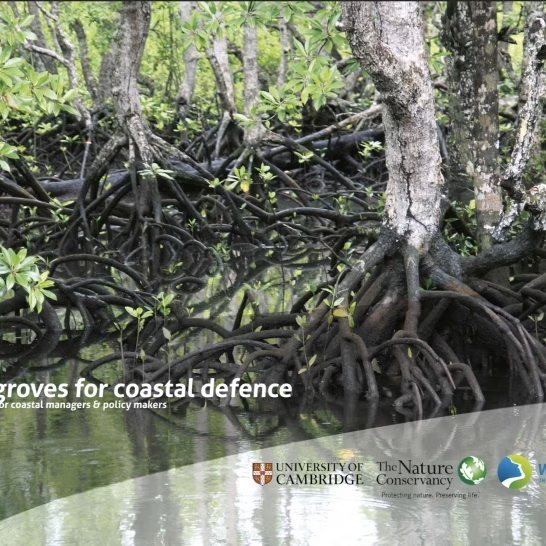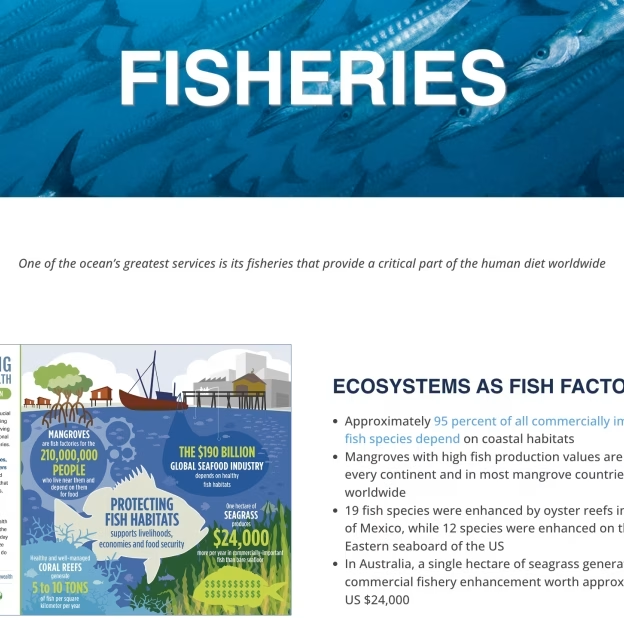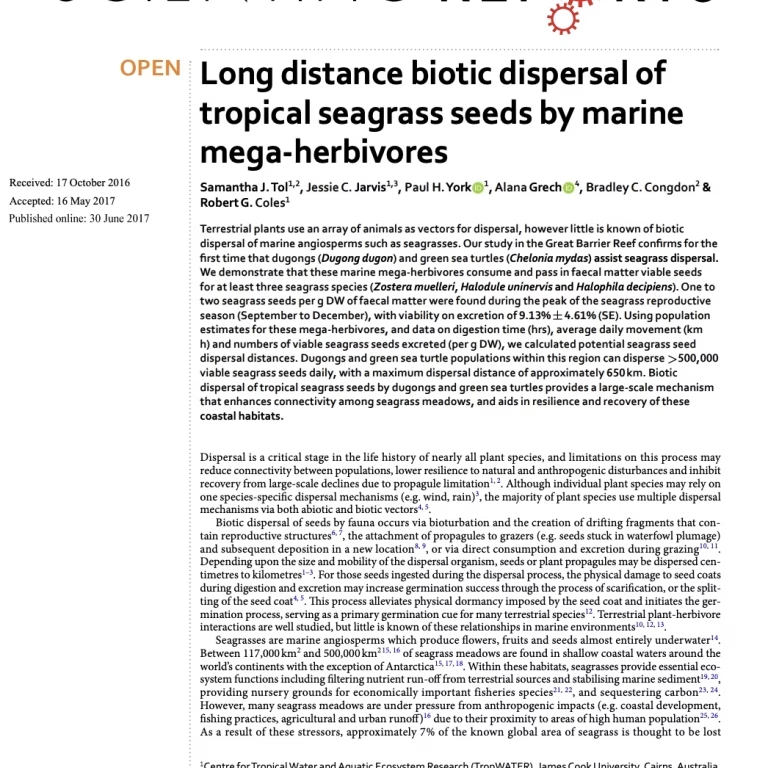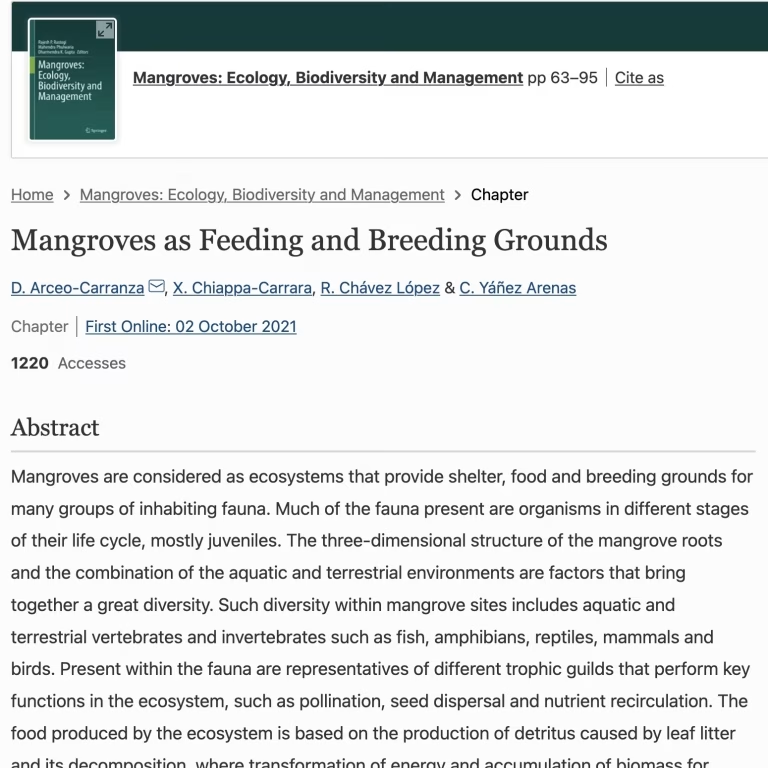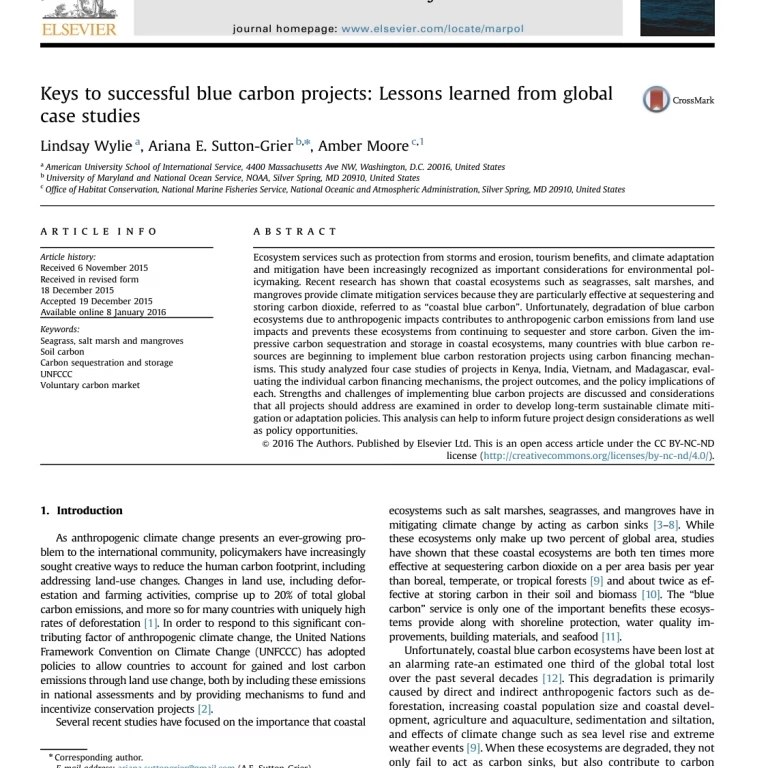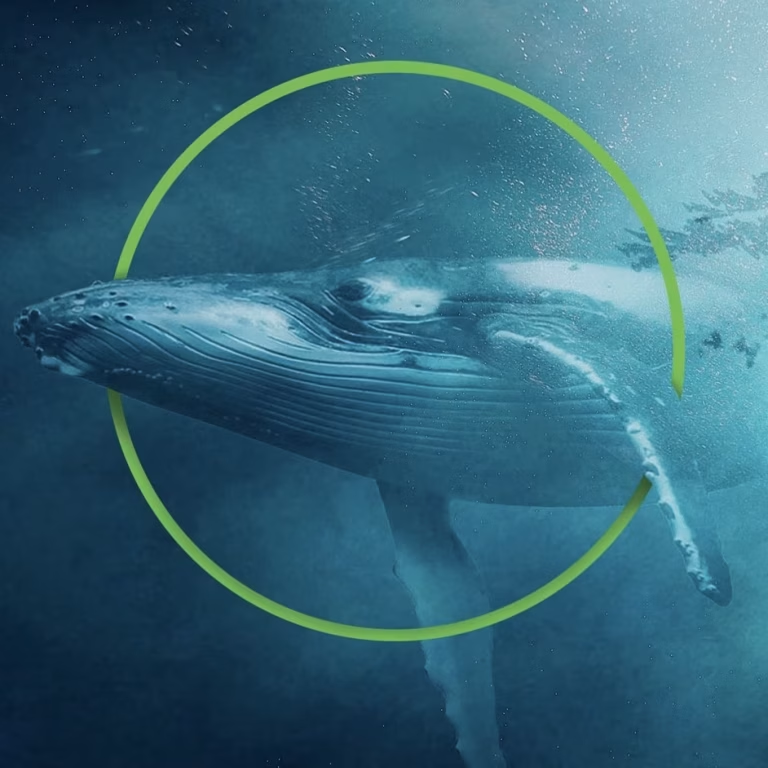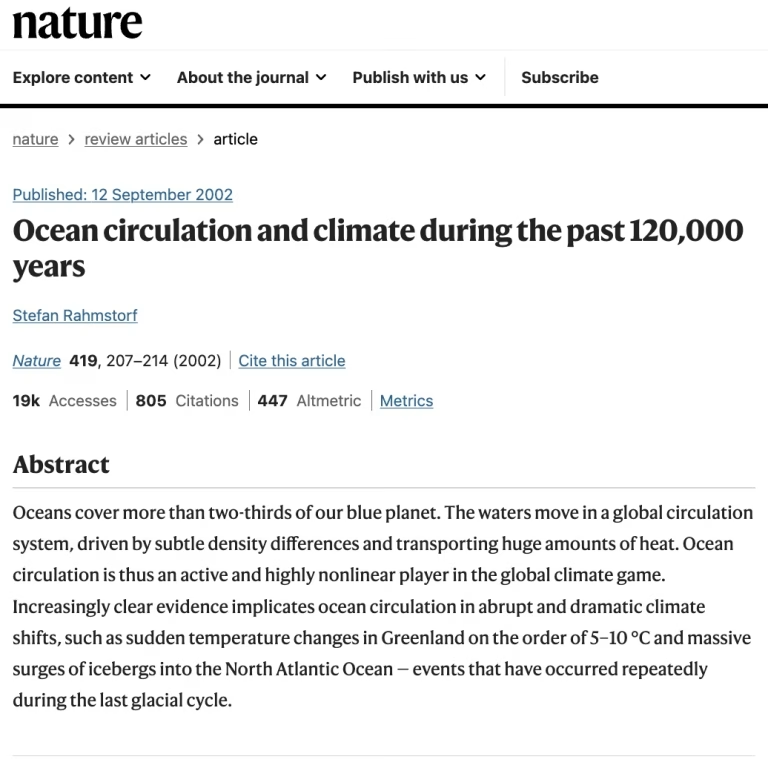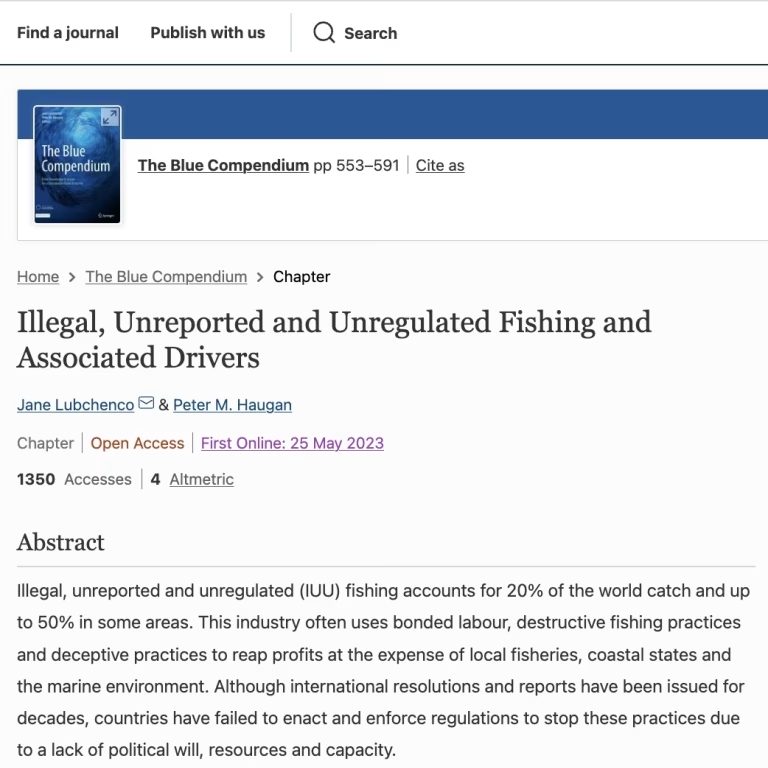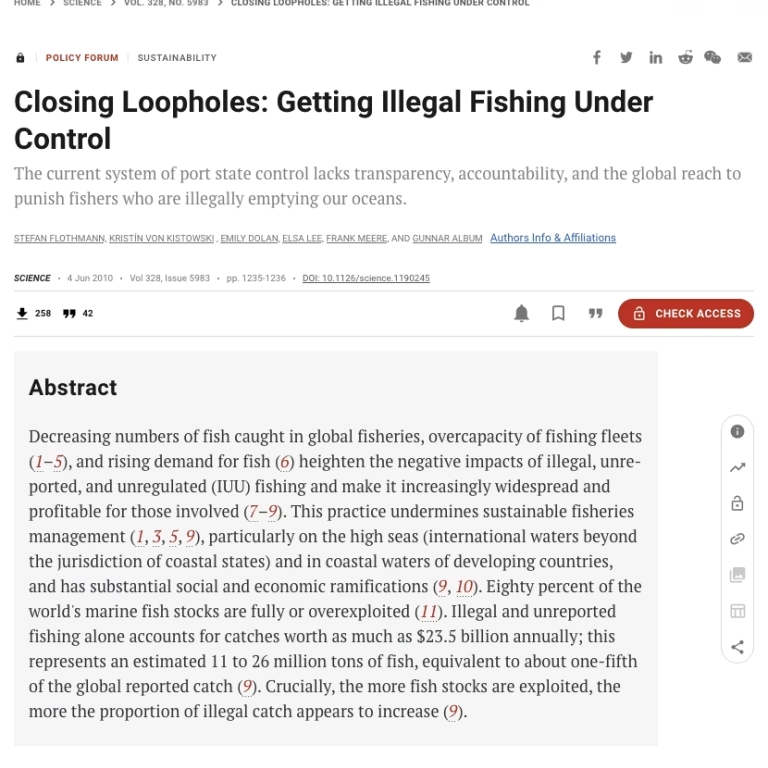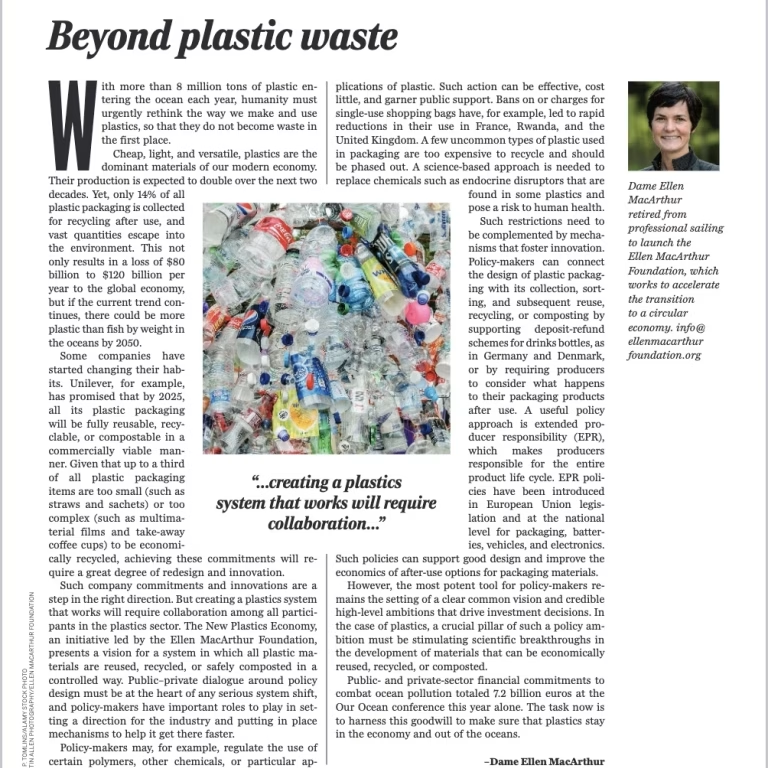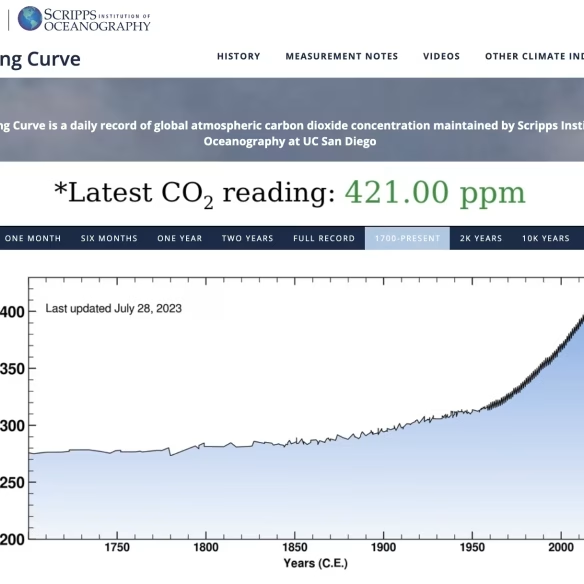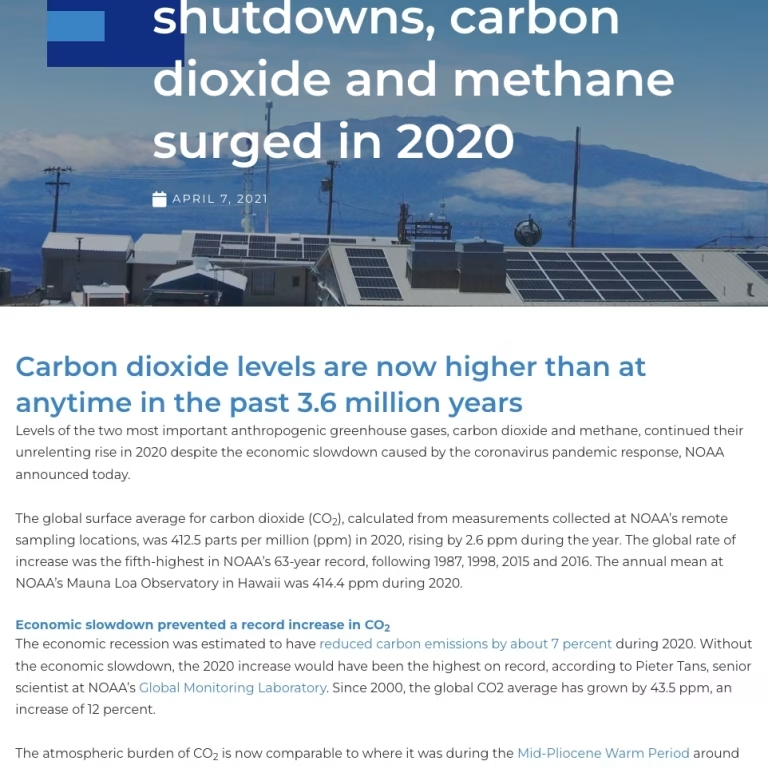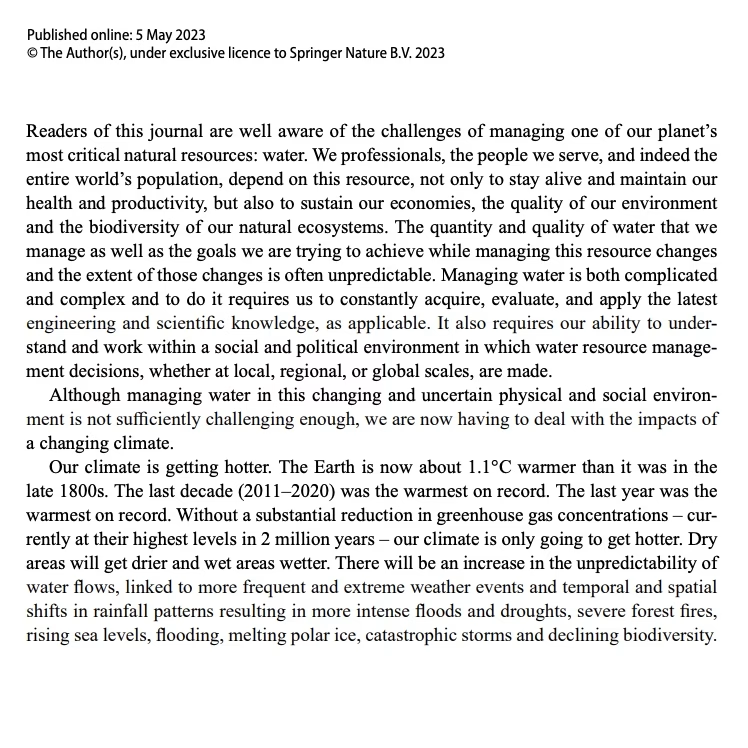Resource Library
- All
- Further Reading
- Infographic
- Map
- Online Article
- Online Exercise
- Photo
- Report
- Scientific Article
- Story Map
- Teaching Material
- Tools
- Video
- Website
Marine Ecosystem Services
Marine ecosystems represent some of the most heavily exploited ecosystems throughout the world. For example, coastal zones make up just 4% of the earth’s total land area and 11% of the world’s oceans, yet they contain more than a third of the world’s population and account for 90% of the catch from marine fisheries. However,…
A Review of Seagrass Economic Valuations: Gaps and progress in valuation approaches
Multiple studies have documented the ecologically important role that seagrasses play in estuarine and marine ecosystems. Unfortunately, economic valuations of these systems have not been as widespread. To date, most techniques rely on mechanisms that do not incorporate the actual ecological drivers behind the economic service, but rather rely on proxy measures to derive value.…
Why Protecting & Restoring Blue Carbon Ecosystems Matters
Mangroves and seagrass meadows are coastal ecosystems that cover a small portion of the total ocean area but collectively are widely distributed on every continent except Antarctica. Mangroves are found in 123 countries worldwide with an estimated area of 15.2 million hectares while seagrasses occur in 159 countries covering over 30 million hectares. These ecosystems…
Contribution of Mangroves to Coastal Carbon Cycling in Low Latitude Seas
The contribution of mangrove carbon to the coastal ocean in low latitudes was evaluated. Mangrove forests occupy only 2% of the world’s coastal ocean area yet they account for about 5% of net primary production, 12% of ecosystem respiration and about 30% of carbon burial on all continental margins in subtropical and tropical seas. Mangroves…
Mangroves Among the Most Carbon-Rich Forests in the Tropics
Mangrove forests occur along ocean coastlines throughout the tropics, and support numerous ecosystem services, including fisheries production and nutrient cycling. However, the areal extent of mangrove forests has declined by 30–50% over the past half century as a result of coastal development, aquaculture expansion and over-harvesting. Carbon emissions resulting from mangrove loss are uncertain, owing…
Marine Pollution Potentially Mitigated by Kelp Farms
Emerging research from the University of Alaska Fairbanks suggests that implementing kelp farms may be an effective strategy for combatting the growing problem of marine pollution. The university study identified that kelp farms possess water-filtering qualities that could be exploited to reduce marine pollution in coastal areas. The research analysed carbon and nitrogen levels in…
Persistent Organic Pollutants (POPs) in Coastal Wetlands: A review of their occurrences, toxic effects, and biogeochemical cycling
Coastal wetlands, such as mangroves, seagrass beds, and salt marshes, are highly threatened by increasing anthropic pressures, including chemical pollution. Persistent organic pollutants (POPs) have attracted attention in these particularly vulnerable ecosystems, due to their bioaccumulative, pervasive, and ecotoxic behavior. This article reviews and summarizes available information regarding current levels, biogeochemical cycling, and effects of…
Mangroves for Coastal Defence
The role of mangroves in protecting our coasts against natural hazards such as storms, tsunamis and coastal erosion has been widely acknowledged. Even so, the level of protection provided by mangroves remains subject to debate. Numerous mangrove restoration projects were instigated after the 2004 East Asian tsunami in the belief that replacing lost mangroves would…
Ecosystems as Fish Factories
The authors’ initial global model of mangrove fisheries was built up front a detailed review of hundreds of studies from around the world, and informed by an expert panel. In terms of natural productivity, the most important areas are those with high input of freshwater and nutrients notably focused around estuaries, deltas and lagoons, particularly…
Long Distance Biotic Dispersal of Tropical Seagrass Seeds by Marine Mega-herbivores
Terrestrial plants use an array of animals as vectors for dispersal, however little is known of biotic dispersal of marine angiosperms such as seagrasses. This study in the Great Barrier Reef confirms for the first time that dugongs (Dugong dugon) and green sea turtles (Chelonia mydas) assist seagrass dispersal. Authors demonstrate that these marine mega-herbivores…
Mangroves as Feeding and Breeding Grounds
Mangroves are considered as ecosystems that provide shelter, food and breeding grounds for many groups of inhabiting fauna. Much of the fauna present are organisms in different stages of their life cycle, mostly juveniles. The three-dimensional structure of the mangrove roots and the combination of the aquatic and terrestrial environments are factors that bring together…
Keys to Successful Blue Carbon Projects: Lessons learned from global case studies
Ecosystem services such as protection from storms and erosion, tourism benefits, and climate adaptation and mitigation have been increasingly recognized as important considerations for environmental policymaking. Recent research has shown that coastal ecosystems such as seagrasses, salt marshes, and mangroves provide climate mitigation services because they are particularly effective at sequestering and storing carbon dioxide,…
A Drop in the Ocean: Closing the gap in ocean climate finance
The ocean is a fundamental economic and environmental engine providing the services that are critical for the success of every economy and the very survival of life on our planet.
Ocean Circulation and Climate During the Past 120,000 Years
Oceans cover more than two-thirds of our blue planet. The waters move in a global circulation system, driven by subtle density differences and transporting huge amounts of heat. Ocean circulation is thus an active and highly nonlinear player in the global climate game. Increasingly clear evidence implicates ocean circulation in abrupt and dramatic climate shifts,…
Illegal, Unreported and Unregulated Fishing and Associated Drivers
Illegal, unreported and unregulated (IUU) fishing accounts for 20% of the world catch and up to 50% in some areas. This industry often uses bonded labour, destructive fishing practices and deceptive practices to reap profits at the expense of local fisheries, coastal states and the marine environment. Although international resolutions and reports have been issued…
Closing Loopholes: Getting Illegal Fishing Under Control
Decreasing numbers of fish caught in global fisheries, overcapacity of fishing fleets, and rising demand for fish heighten the negative impacts of illegal, unreported, and unregulated (IUU) fishing and make it increasingly widespread and profitable for those involved. This practice undermines sustainable fisheries management, particularly on the high seas (international waters beyond the jurisdiction of…
Beyond Plastic Waste
With more than 8 million tons of plastic entering the ocean each year, humanity must urgently rethink the way we make and use plastics, so that they do not become waste in the first place. Cheap, light, and versatile, plastics are the dominant materials of our modern economy. Their production is expected to double over…
The Keeling Curve: A daily record of global atmospheric carbon dioxide concentration
The Keeling Curve is a daily record of global atmospheric carbon dioxide concentration maintained by Scripps Institution of Oceanography at UC San Diego. Scripps CO2 measurements at Mauna Loa have been supported for many years by the U.S. Department of Energy (DOE), and have more recently been supplemented by Earth Networks, a technology company collaborating…
Despite Pandemic Shutdowns, Carbon Dioxide and Methane Surged in 2020
Carbon dioxide levels are now higher than at anytime in the past 3.6 million years. Levels of the two most important anthropogenic greenhouse gases, carbon dioxide and methane, continued their unrelenting rise in 2020 despite the economic slowdown caused by the coronavirus pandemic response, NOAA announced today. The global surface average for carbon dioxide (CO2),…
Adaptive Water Resources Management Under Climate Change: An Introduction
Readers of this journal are well aware of the challenges of managing one of our planet’s most critical natural resources: water. We professionals, the people we serve, and indeed the entire world’s population, depend on this resource, not only to stay alive and maintain our health and productivity, but also to sustain our economies, the…

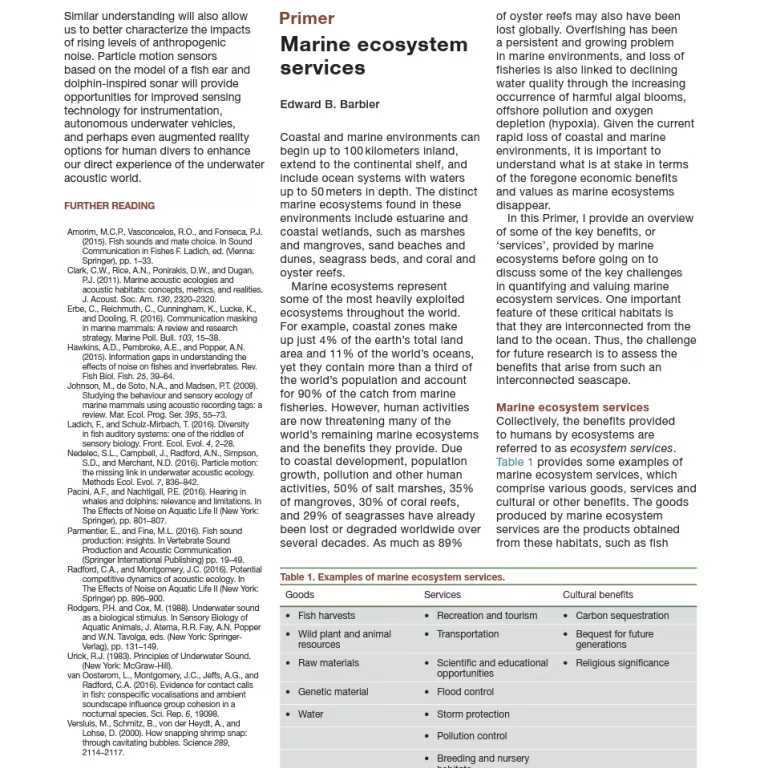
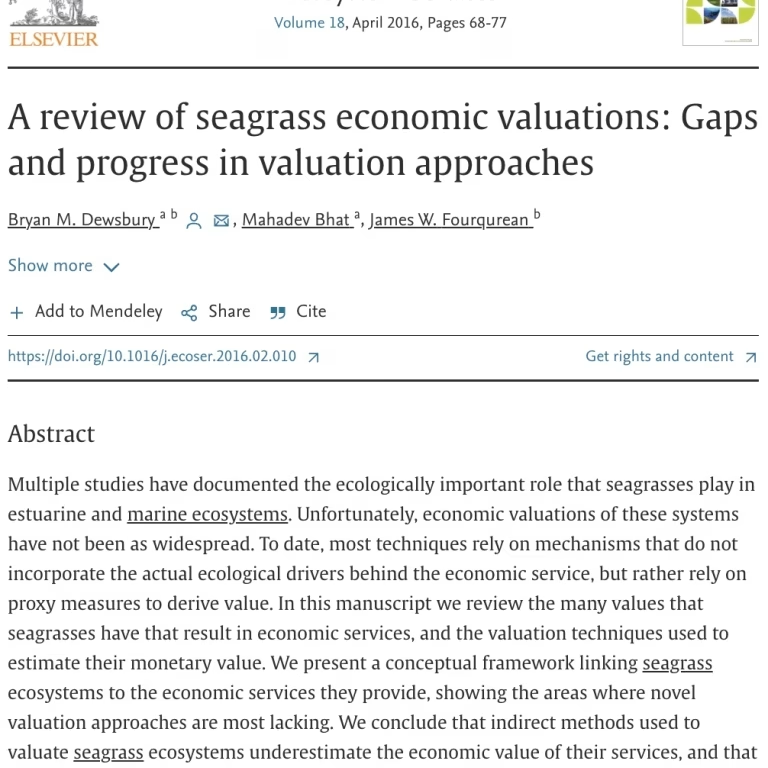
![Protecting-and-restoring-blue-carbon-matters-UNEP-2023_BBF-M3-M5.avif Why Protecting & Restoring Blue Carbon Ecosystems Matters. UN Environment Programme [accessed July 2023]](https://bckhub.grida.no/wp-content/uploads/bb-plugin/cache/Protecting-and-restoring-blue-carbon-matters-UNEP-2023_BBF-M3-M5-768x831-square-9ceee1c19f8c39d92819c98902827ef0-.avif)
